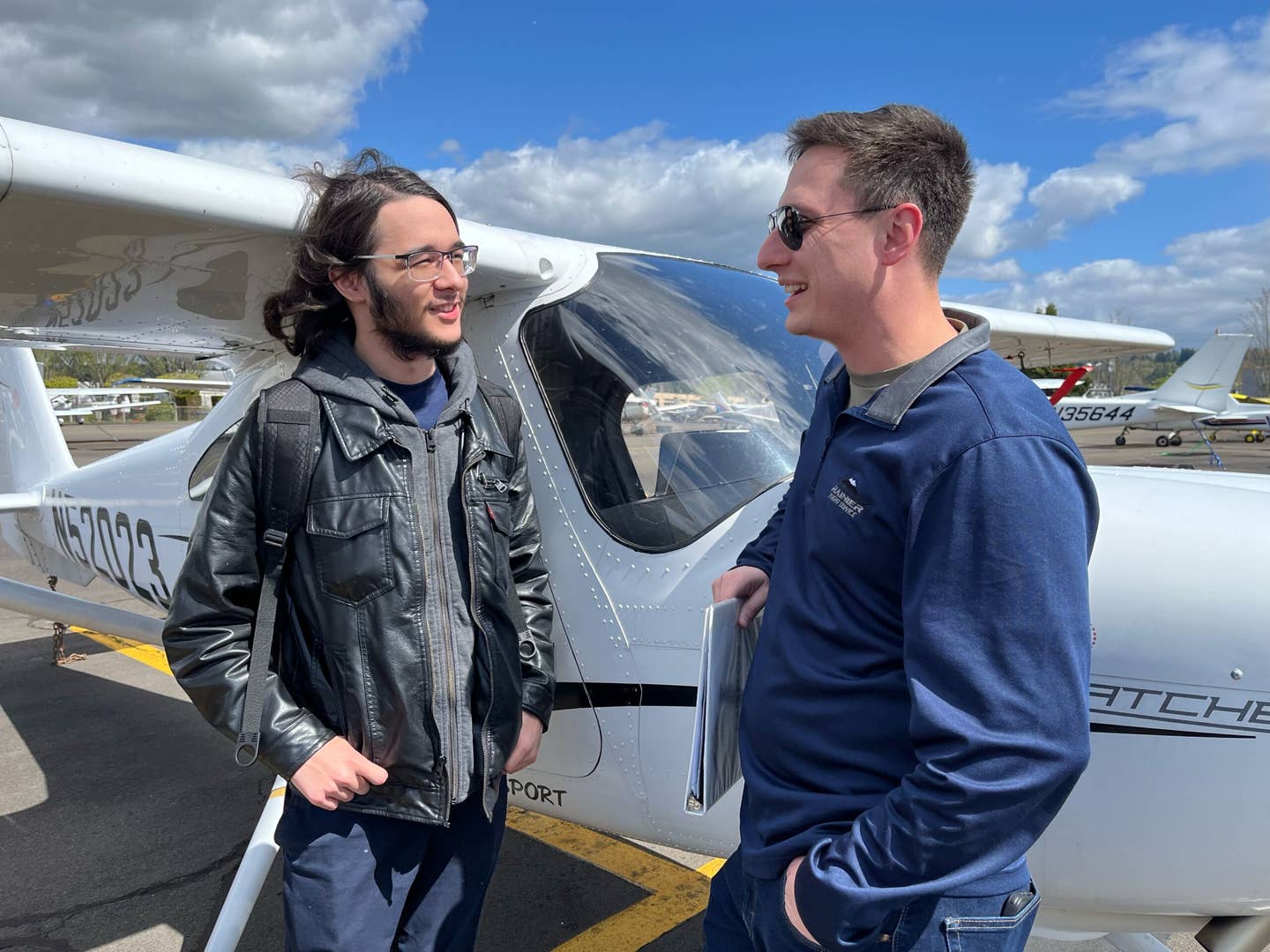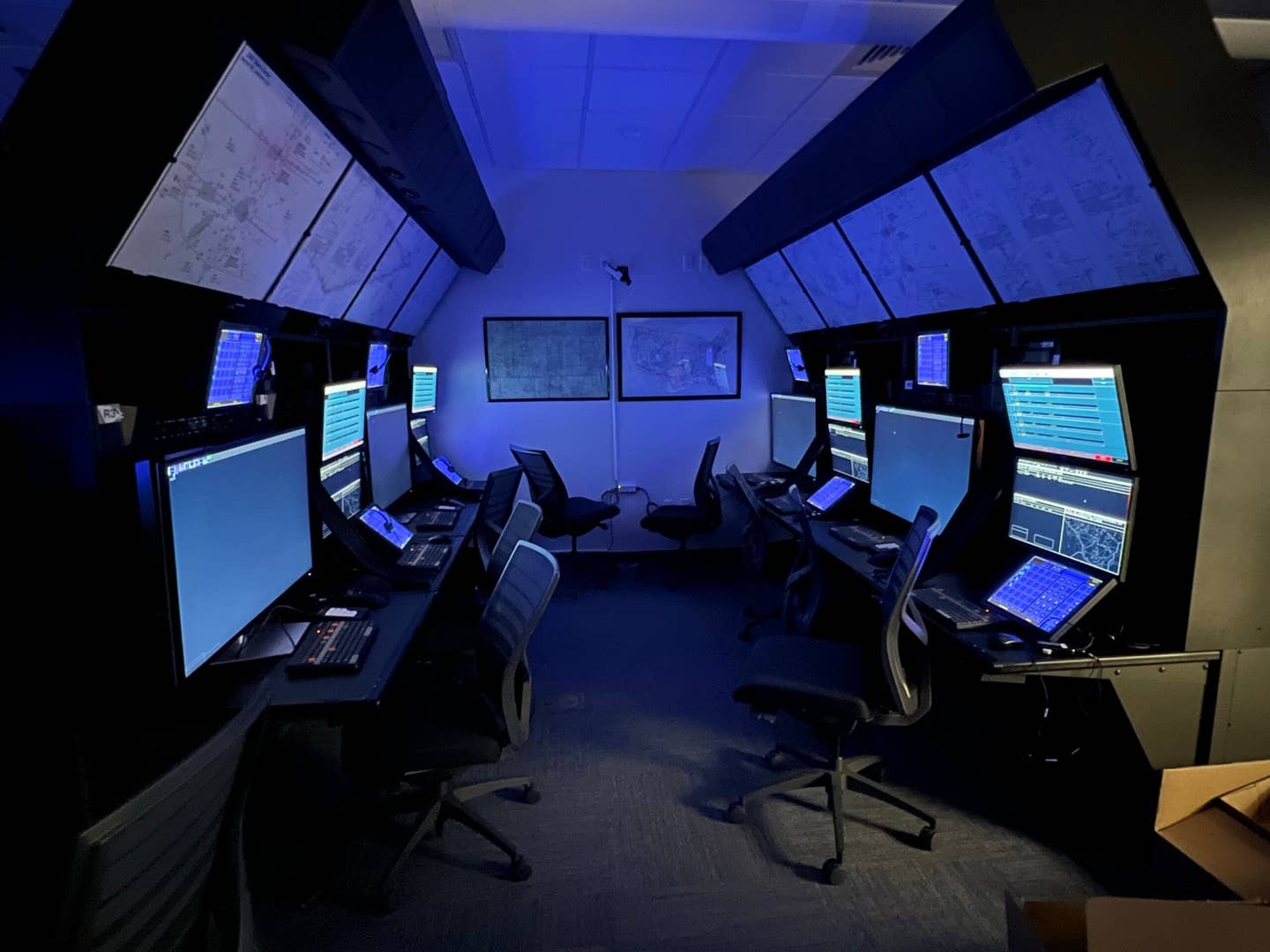
At what point should an autopilot be introduced into flight training?
Martha King has helped make aviation knowledge more accessible to pilots worldwide by combining elegant technology with clear, fun teaching. Martha holds every category and class of FAA rating on her pilot certificate, and every flight and ground instructor certificate. Her company, King Schools, also provides the curricula for more than 275 Cessna Pilot Centers. She says:
One of the magnificent things about today’s flying environment is the wonderful advancement in technology that not only offers the opportunity to make flying more fun and stress-free, but also provides new resources that a pilot can use to manage the inherent risks of flight. Central to being able to take full advantage of this technology is the autopilot. It frees the pilot from the routine task of flying the airplane and allows the pilot to properly use other cockpit technology to better maintain situational awareness.
There is a concern among many training providers that if pilots are taught to use the autopilot, their physical skills will not be properly developed or, after time, will deteriorate.
All pilots certainly must develop their physical skills to the point where airplane control no longer requires conscious attention, but can take place in the background, while their conscious attention is devoted elsewhere. Once that point is reached, the next step is to ensure that pilots know how to take full advantage of the autopilot so that its use becomes automatic as well. This would usually take place about the time the pilots are starting cross-country training. While we want to ensure that pilots have command of such basics as pilotage and dead reckoning in case of technology failure, we also want to ensure that the pilots are able to use all the resources available to them.
We have the opportunity and the obligation to do a far better job of creating safe, capable pilots who are able to get full utility out of their airplanes. In order to make this happen, and greatly improve our accident rate, we have to move beyond what has been historically thought of as “the basics” and help pilots learn to take full advantage of the risk management tools available to them, such as the autopilot.
Matthew Golden was the 2007 Arizona Flight Instructor of the Year. He holds airplane land and sea ratings, flight and ground instructor certificates, a type rating for the CRJ-700, an aircraft dispatcher certificate and a graduate certificate in instructional system design. For nearly a decade, he has served as a flight instructor, check instructor and professor at Embry-Riddle Aeronautical University in Prescott, Arizona. He says:
General aviation has come a long way from the days of round-dial gauges. Nowadays, most new training aircraft offer a glass cockpit with autopilot. Today’s autopilots do a lot more than simply hold the wings level; they can fly an entire flight from departure to approach.
An autopilot is not a simple “easy” button. Pilots must train to understand completely and, thus, be smarter than the autopilot. Inadequate knowledge of autopilot characteristics has led to accidents, even in modern jets.
The last thing a pilot wants to be heard saying is “What’s it doing now?” Striving to avoid this brings up two questions: Why use an autopilot? And, at what point should an autopilot be introduced into flight training?
Using an autopilot greatly improves the pilot’s ability to multitask. An autopilot significantly improves this ability by allowing the pilot to focus on tasks such as coordinating with air traffic control and managing complex, and highly capable, navigation equipment.
At what point should an autopilot be introduced into flight training? Perhaps the best method is a graduated approach throughout the training curriculum.
During private pilot training, the first priority is to become comfortable with the hands-on control of the aircraft. Beyond that, the integration of an autopilot for straight-and-level flight could greatly improve the pilot’s ability to manage relatively complex operations such as a Class B airspace transition.
For instrument training, the first focus should be on developing an ability to hand-fly the airplane in instrument flight conditions. Once that is accomplished, an autopilot can be integrated to assist during high-workload periods of flight, such as descent and approach. Ultimately, an instrument pilot should strive to use the autopilot through all phases of flight, thus maximizing the ability to multitask at any time.
Regardless of the level of training being provided, an autopilot should never substitute for learning fundamental skills. Rather, the pilot should learn to integrate it as an invaluable tool that reduces fatigue and increases the pilot’s ability to perceive, and react to, the always-dynamic flight environment.

Sign-up for newsletters & special offers!
Get the latest FLYING stories & special offers delivered directly to your inbox






